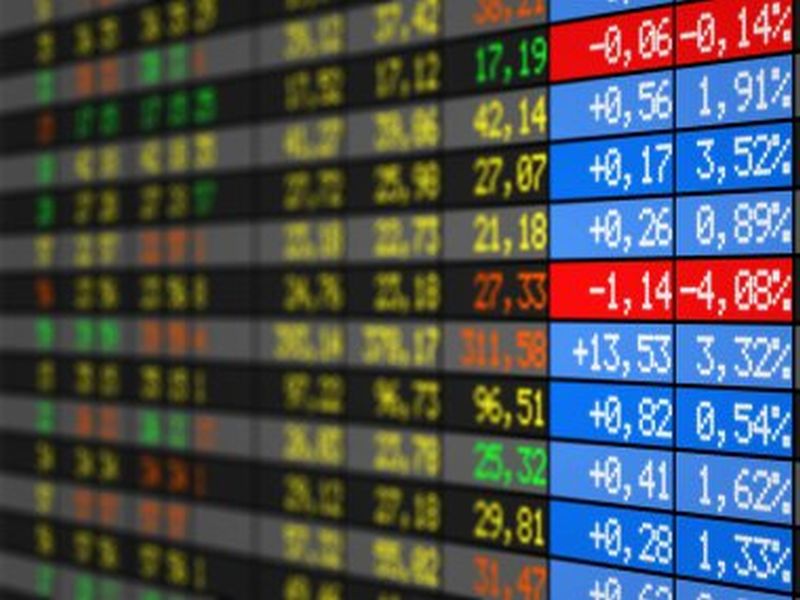Trade Definity i8 is a complex and multifaceted concept that can be challenging to navigate for those who are not familiar with its intricacies. In this comprehensive guide, we will break down the key components of Trade Definity i8 and provide you with the information you need to successfully navigate this often confusing topic.
At its core, Trade Definity i8 refers to the balance of trade between two countries. It is an important economic indicator that helps policymakers and analysts understand the health of a country’s economy in relation to its trading partners. A positive trade deficit occurs when a country imports more goods and services than it exports, while a negative trade deficit occurs when a country exports more than it imports.
One of the most important factors influencing Trade Definity i8 is currency exchange rates. Fluctuations in exchange rates can have a significant impact on a country’s trade balance, as they affect the cost of imported and exported goods. For example, if the value of a country’s currency increases relative to that of its trading partners, its exports become more expensive for foreign buyers, leading to a decrease in exports and potentially widening the trade deficit.
Another key factor influencing Trade Definity i8 is government policies related to international trade. Tariffs, quotas, subsidies, and other trade barriers can all impact a country’s trade balance by altering the cost or availability of imported or exported goods. For example, imposing tariffs on imported goods can make them more expensive for domestic consumers, leading them to purchase fewer foreign products and potentially reducing the trade deficit.
In addition to government policies and exchange rates, other factors such as consumer preferences, technological advancements, and global economic conditions also play a role in shaping Trade Definity i8. Understanding these various influences is essential for businesses looking to expand into international markets or policymakers seeking to promote economic growth through international Trade Definity i8 requires careful analysis of all these factors and their interconnections. Businesses must consider how changes in exchange rates or government policies might impact their bottom line when engaging in international commerce. Policymakers must weigh the potential benefits of protecting domestic industries against the potential costs of restricting free trade.
In conclusion, understanding Trade Definity i8 is crucial for anyone involved in international commerce or economic policymaking. By grasping the key components that influence this economic indicator – such as exchange rates, government policies,and global trends – individuals can make informed decisions that will benefit their businesses or countries’ economies in an increasingly interconnected world.




